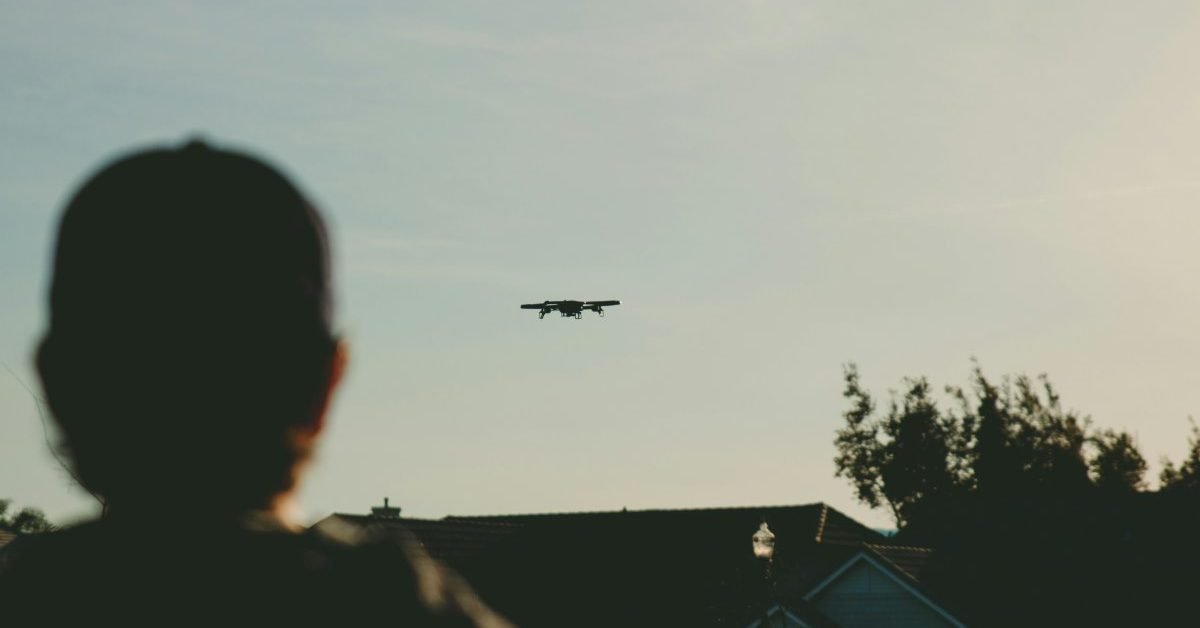A recent hearing by the US House Subcommittee on Military and Foreign Affairs revealed a troubling surge in unauthorized drone activity over US military installations, posing what officials describe as a serious threat to national security.
“These incursions are not from hobbyists being blown off course,” said subcommittee chairman Rep. William Timmons (R-SC). “We’re seeing coordinated efforts by our adversaries to gather surveillance on our most sensitive equipment and disrupt key operations.”
From small commercial quadcopters to fully autonomous aircraft, drones are increasingly being spotted near and over military bases, with officials struggling to tell friend from foe. Rear Admiral John Spedero Jr., a senior operations official with the Joint Chiefs of Staff, explained that identifying a drone’s intent is often tricky.
“It can be very challenging,” Spedero said. “A drone might be flown irresponsibly by a hobbyist — or it could be someone gathering intelligence. It’s hard to tell the difference in the moment.”
The problem? No single federal agency has the full authority to act when a drone crosses into restricted airspace. While multiple departments — Defense, Homeland Security, the Federal Aviation Administration (FAA) — are involved in drone regulation, there’s no unified playbook for stopping rogue aircraft.
Acting Assistant Secretary of Defense Mark Roosevelt Ditlevson put it simply: “You can’t defeat what you can’t see.” He urged Congress to pass updates to Section 130i, which would give commanders greater authority to detect and respond to drone threats in more locations.
And the issue isn’t just at traditional military bases.
Rep. John McGuire (R-Va.) highlighted the growing drone presence at the southern border. “I asked Border Patrol, ICE agents, and even business owners from San Diego to Texas — are drones surveilling your operations? They said yes.”
But here’s the kicker: many of those agencies lack the authority under current law to do anything about it. “They don’t have 130i,” admitted Spedero. “We’re working on resolving that.”
Ditlevson backed that up. “If we can get 130i implemented at the southern border, it would give commanders the authority to predict and mitigate these threats,” he said.
Rep. Andy Biggs (R-Ariz.) added another wrinkle — what happens when careless drone hobbyists fly too close to military zones? “Unauthorized drone activity — even if unintentional — diverts our focus from real national security threats,” Biggs said.
Rear Admiral Spedero agreed, saying public awareness makes a huge difference. “Once word got out about flight restrictions and responsible drone use, the sightings dropped off quickly. If we keep getting distracted by careless flying, we’ll be less prepared for actual threats.”
The subcommittee also discussed how tech gaps between military installations add another layer of complexity. Timmons asked, “What percent of base commanders actually have the tech to track drones?”
Spedero responded frankly: “Capabilities vary — some bases have almost nothing, others are more prepared. But overall? It’s not sufficient.”
Lawmakers from both parties agreed: stronger leadership and swift legislative action are needed. While many drones in US airspace may be innocent, the ones that aren’t could be collecting intelligence — or worse.
With adversaries exploiting these gaps, Congress is now pushing for clearer drone defense policies, improved detection tools, and more coordination among federal agencies.
You can watch the full hearing here.
More: Why DJI drone batteries drain themselves
FTC: We use income earning auto affiliate links. More.
Subscribe to DroneDJ on YouTube for exclusive videos
Ishveena Singh is a versatile journalist and writer with a passion for drones and location technologies. She has been named as one of the 50 Rising Stars of the geospatial industry for the year 2021 by Geospatial World magazine.
The ultimate travel-friendly drone that can shoot vertical 4K videos for TikTok and Instagram!
The most powerful folding camera drone from DJI is even better than what you’d expect.



